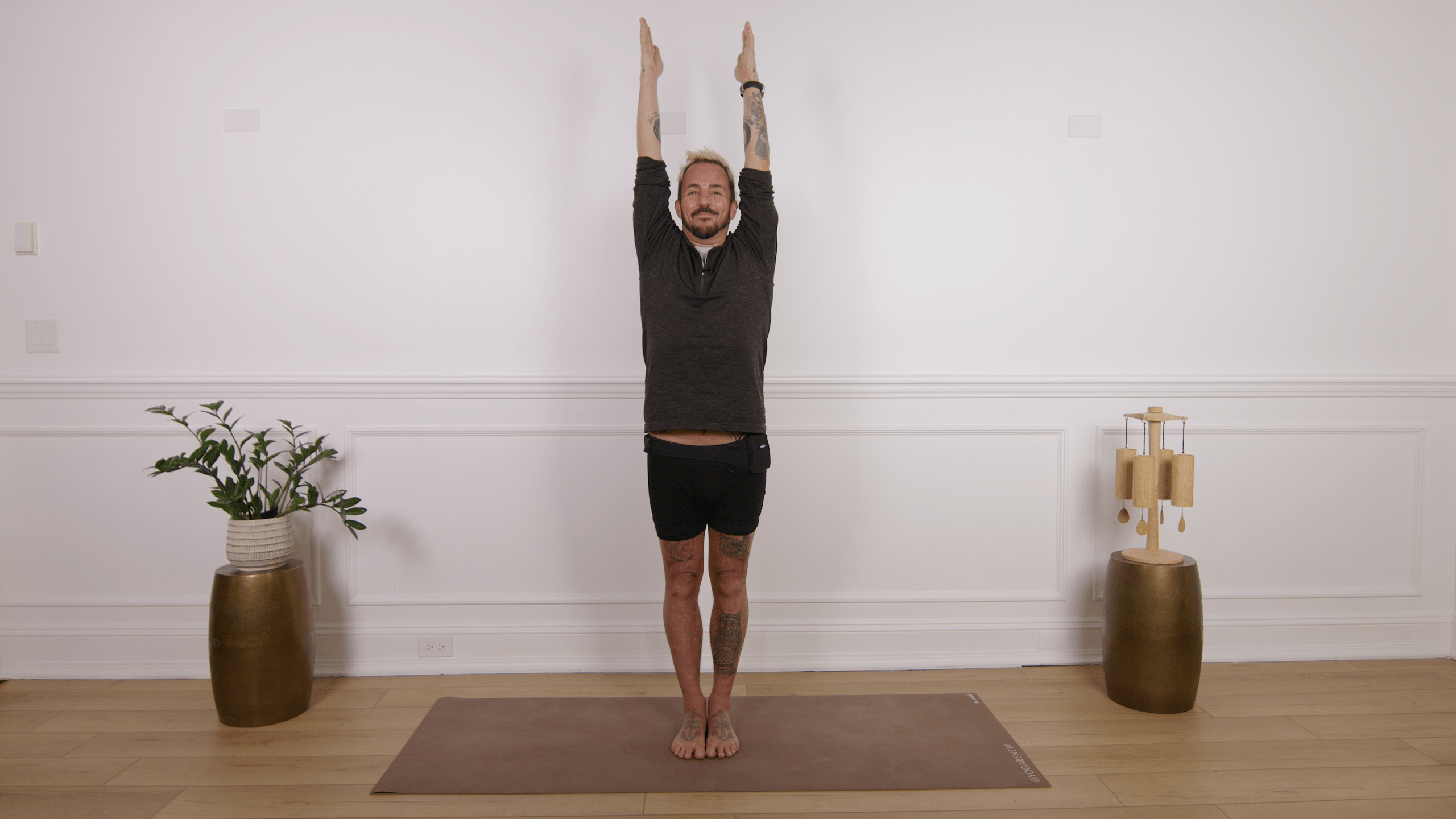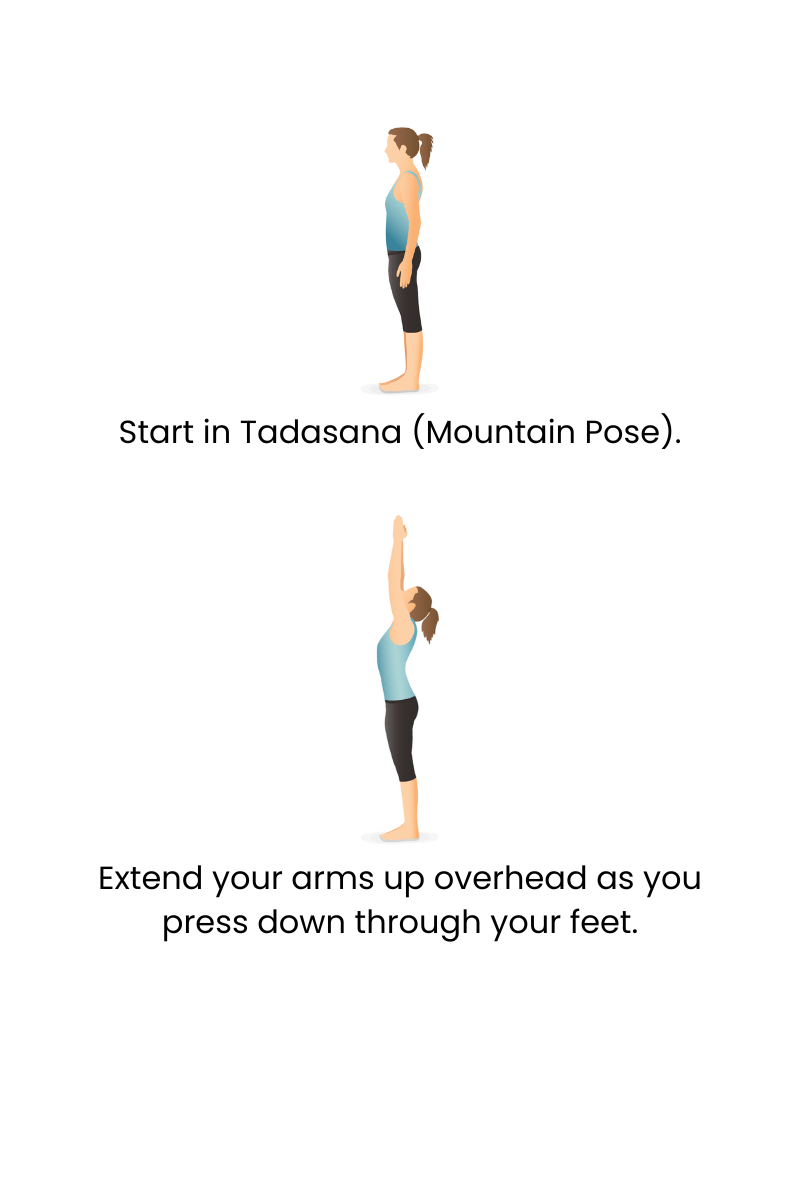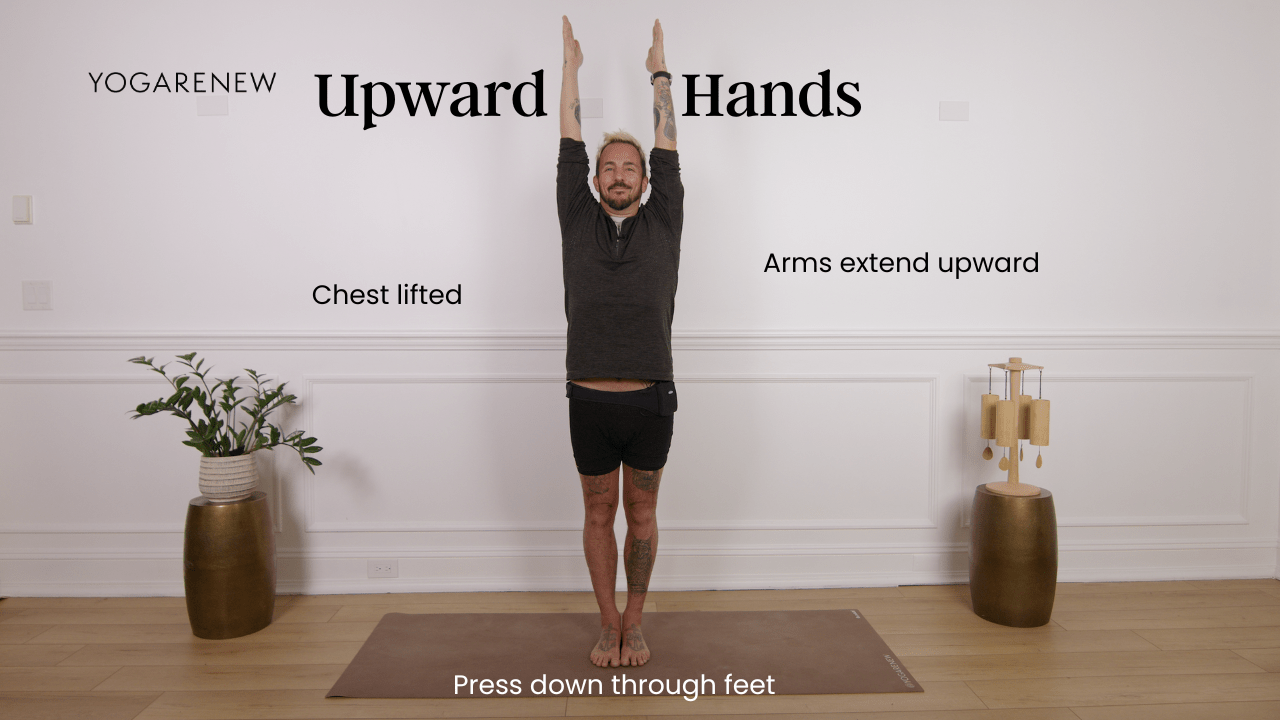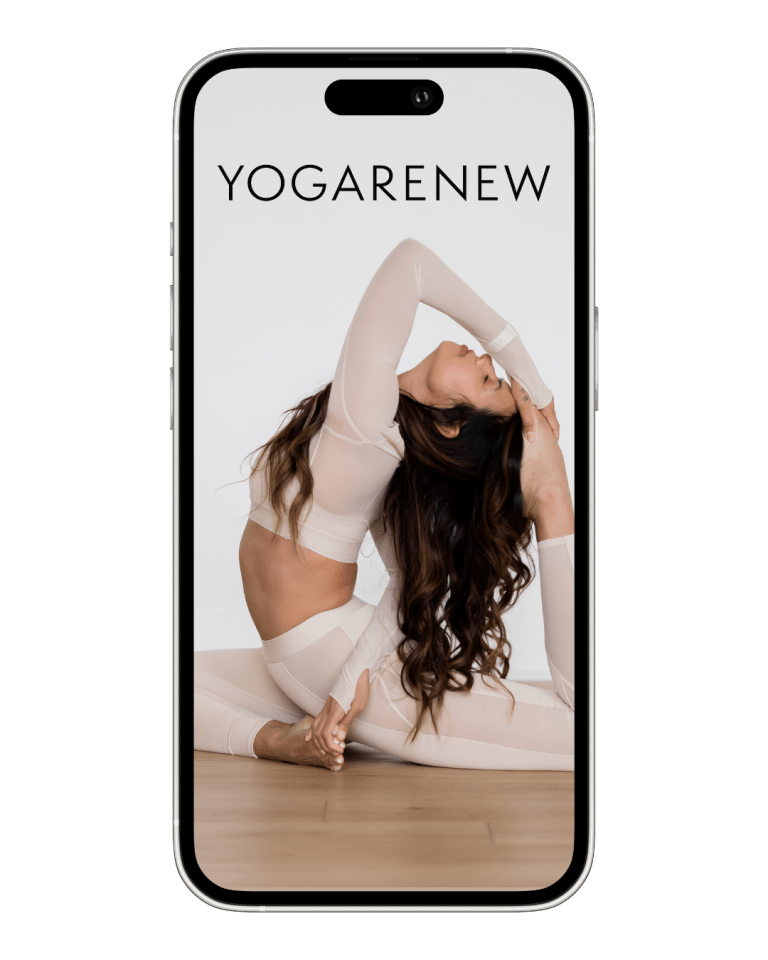What is Upward Hand Pose?
English Name: Upward Hand Pose
Sanskrit Name: Urdhva Hastasana (pronounced OORD-vah hah-STAH-suh-nuh)
Category: Foundational, Standing, Gentle, Beginner

English Name: Upward Hand Pose
Sanskrit Name: Urdhva Hastasana (pronounced OORD-vah hah-STAH-suh-nuh)
Category: Foundational, Standing, Gentle, Beginner
Upward Hand Pose, or Urdhva Hastasana, is a foundational standing posture that involves lifting the arms overhead with an active and aligned spine. Though it appears simple, this pose is powerful in awakening the body, improving posture, and preparing for deeper standing or balancing poses.
Often used as a transitional or activating posture, Urdhva Hastasana blends strength and openness. It energizes the body, builds breath awareness, and encourages full-body integration—from grounded feet to extended fingertips—making it a fundamental pose in many styles, including Hatha, Vinyasa, and beginner yoga classes.
Improves Posture: Encourages spinal elongation and counteracts slouching
Enhances Shoulder Mobility: Gently opens the chest and shoulders
Builds Full-Body Awareness: Promotes grounding through the feet and extension through the arms
Supports Breath Expansion: Opens the rib cage, facilitating deeper inhales
Prepares for Standing Sequences: Acts as a warm-up for more active poses
Begin standing in Tadasana (Mountain Pose), feet together or hip-width apart.
Ground evenly through all four corners of both feet.
Inhale to sweep your arms out and up, bringing palms to face each other or touch overhead.
Keep the shoulders relaxed and away from the ears, even as the arms lift.
Lengthen through the sides of the waist without overarching the lower back.
Engage the thighs and draw the tailbone slightly down for stability.
Gaze forward, or slightly upward if comfortable for the neck.
Hold for 3–5 breaths, then exhale to release arms back down to Mountain Pose.


Stack shoulders over hips and hips over heels for full-body alignment
Avoid flaring the ribs; knit them inward to engage the core
Reach actively through fingertips without tensing the neck
Soften the glutes while keeping the legs strong
Keep palms facing each other or touching without scrunching the shoulders
“Lift through the sides of your body like you’re growing taller.”
“Let your feet root down as your arms reach up.”
“Hug your ribs in as you expand your breath upward.”
“Keep your neck long and relaxed.”
“Stretch from the soles of your feet to your fingertips.”
Bent Elbows: Practice with cactus (goal-post) arms to reduce shoulder strain
Wall Support: Stand with back against a wall for alignment feedback
Strap Between Hands: Hold a strap overhead to maintain shoulder-safe spacing
Hands Wide Apart: Keep hands shoulder-width if bringing palms together is uncomfortable
Lifting the Shoulders Toward the Ears: Keep shoulders relaxed
Overarching the Lower Back: Engage core and draw tailbone slightly down
Locking the Knees: Maintain a micro-bend for stability
Tilting the Head Back Too Far: Keep neck in a comfortable, neutral line
Flaring the Ribs: Contain the front ribs to support spinal alignment
Shoulder Pain or Injury: Modify arm position or skip the lift altogether
Neck Sensitivity: Gaze forward or keep head neutral
Dizziness or Imbalance: Use wall support or practice seated
Fatigue or Breathlessness: Lower arms or take a break in Tadasana
Urdhva Hastasana is more than just reaching your arms overhead—it’s a powerful expression of elongation, breath, and awareness. It teaches foundational alignment while offering space to reset, energize, and focus the mind. Whether part of a flowing sequence or standing alone, this pose reconnects you to the strength of grounding and the expansiveness of upward movement.
Yes. Modify by keeping your arms wider apart or using bent elbows.
Both—it uplifts the body and mind while encouraging breath awareness.
Focus on rooting down through your feet as you lift up through your fingertips, without compressing the spine.
Make sure you’re distributing weight evenly, fingers are spread, and core is engaged. Strengthening wrists over time can help.
Yes—stacking joints provides proper support and alignment.

Explore classes & pose tutorials for any style, format, duration or experience level with a free account in the YogaRenew app. Or subscribe and gain access to workshops, live classes and more.